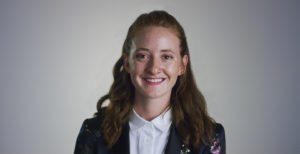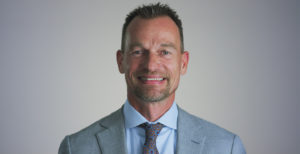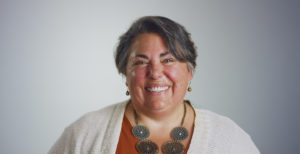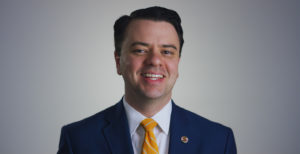Project Overview
In rural Appalachia, thousands of stream miles have long run orange with iron oxide from acid mine drainage, a polluting by-product of abandoned coal mines that’s left a deep imprint on the region. “When some kids draw streams, they pick up the orange crayon because that’s what they know,” said Michelle Shively, director of project development for True Pigments, a project of the Ohio-based nonprofit Rural Action. Working with director of operations Paul Patton, Shively and the project team are harvesting that iron oxide and turning it into iron pigments for high-quality paint. In tackling this large-scale challenge—up to two million pounds of iron oxide can be released every year from a single mine discharge—the team found that pigment sales could pay for water treatment, which would otherwise be cost-prohibitive. What’s more, the project’s proposed full-scale facility at Ohio’s Truetown Discharge would produce 1% of America’s consumption of iron oxide pigment, limiting the industry’s carbon footprint. And in places where coal profits were long sent somewhere else, revenues from pigment sales will now fund watershed restoration and rebuild public health—all while doubling the local payroll. By blending environmental justice, sustainable development, and ecological renewal, True Pigments shows how creative approaches to material reuse can drive social impact.
Five Questions
Learn more about this project
Meet our other 2019 awardees

Minnesota
Through powerful first-person stories, Our Climate Voices humanizes the climate disaster and spurs concrete action to combat climate harm.

Viridiana Carrizales &Vanessa Luna
Texas and New York
ImmSchools seeks to transform America’s schools into safe and welcoming places for undocumented students and their families.

Arizona
One Water One Health is harnessing wastewater treatment plants across America to pinpoint harmful chemicals and help restore community health.

California
The Hood Incubator leverages the legal cannabis industry to advance racial equity and build economic power for Black communities.

South Dakota
South Dakota Voices for Peace fights bigotry and hate against Muslims, immigrants, and refugees in rural places.

Black and Pink’s REAP Reentry Program
Nebraska
The REAP program provides reentry support for system-impacted LGBTQ+ people, rebuilding their power and centering their capabilities on the path forward.

Louisiana
The First 72+ helps stop recidivism through hand-in-hand housing, small-business incubation, and other services grounded in healing and hope.

Pennsylvania
VIISTA seeks to revolutionize immigration law by creating a nationwide pipeline of legal advocates to advance immigrant justice.

The Campaign for Historic Trades
Maryland
An apprenticeship program for preservation tradespeople helps fill urgently needed jobs while building equity in the heritage movement.

 Learn More
Learn More